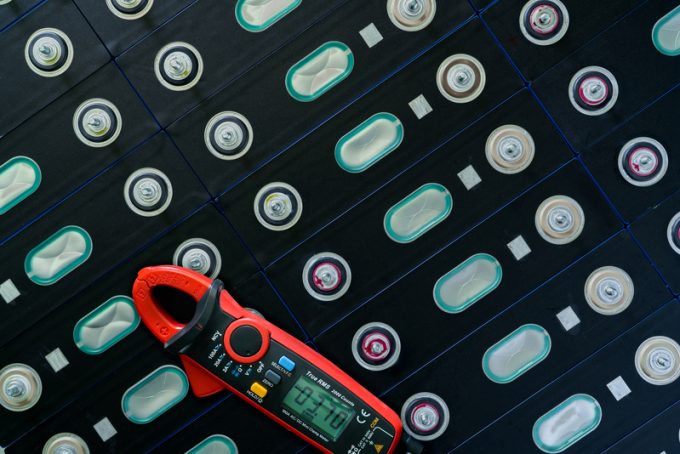Container explodes on Yang Ming box ship in Chinese port
This post was edited at 10am BST on 12 August to include comment from Yang ...

At the recent meeting of the International Civil Aviation Organization (ICAO) dangerous goods panel, it was agreed to introduce a State of Charge (SoC) requirement of 30% for more categories of lithium ion batteries being transported by air.
This change will apply to lithium ion batteries packed with equipment – where a device has its battery packed in the same box. Currently the SoC requirement only applies to lithium ion batteries shipped by air on their own by air.
The change is ...
Volcanic disruption at Anchorage could hit transpacific airfreight operations
Macron calls for ‘suspension’ – CMA CGM's $20bn US investment in doubt
Forwarders stay cool as US 'liberation day' tariffs threaten 'global trade war'
Shippers snap up airfreight capacity to US ahead of tariff deadline
De minimis exemption on shipments from China to the US will end in May
Tighter EU import requirements proving 'a challenge' for forwarders
Looming Trump tariffs will create 'a bureaucratic monster' for Customs

Comment on this article